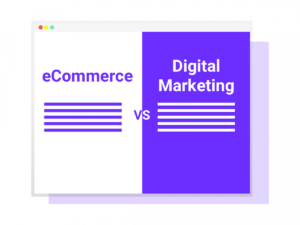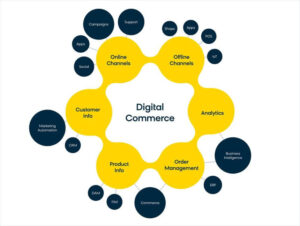
Importance of graphic design and branding to a business
In today’s crowded marketplace, it’s more important than ever for businesses to establish a strong visual identity and stand out from the competition. This is where graphic design and branding come in – they are essential tools that businesses can use to create a unique and memorable identity that resonates with their target audience.
First and foremost, graphic design is important because it helps businesses to communicate their message effectively. A well-designed logo, website, or marketing material can convey a company’s values, mission, and personality in a way that words alone cannot. This helps to establish a strong connection with customers, build trust, and create a lasting impression.
In addition, graphic design is important because it helps businesses to stand out from the competition. In a crowded marketplace, it’s easy for businesses to get lost in the noise and become forgettable. A unique and eye-catching design can help a business to differentiate itself from the competition and grab the attention of potential customers.
Branding is also crucial for businesses because it helps to establish a consistent look and feel across all of their visual assets. This includes everything from business cards and letterheads to website designs and social media graphics. A cohesive visual identity helps to build brand recognition and establish trust with customers, which can lead to increased loyalty and repeat business.

Furthermore, branding can help businesses to create an emotional connection with their customers. By developing a brand identity that resonates with their target audience, businesses can tap into their emotions and create a sense of loyalty and belonging. This can lead to a strong customer base and increased revenue over time.
There are many businesses that have successfully used graphic design and branding to their advantage. Here are a few examples:
- Apple: Apple is a great example of a company that has established a strong visual identity through its branding and graphic design. Its iconic logo, sleek product designs, and minimalist marketing materials have helped to create a sense of luxury and exclusivity that resonates with its target audience.
- Nike: Nike’s “swoosh” logo is one of the most recognizable logos in the world. The company’s branding and graphic design have helped to establish it as a leader in the sports apparel industry, and its marketing campaigns often feature bold, inspiring visuals that tap into the emotions of its customers.
- Coca-Cola: Coca-Cola’s classic logo and red-and-white color scheme are instantly recognizable around the world. The company’s branding and graphic design have helped to create a sense of nostalgia and tradition that resonates with customers of all ages.
- Airbnb: Airbnb’s logo and website design are simple and clean, yet also playful and inviting. The company’s branding and graphic design have helped to establish it as a leader in the sharing economy, and its marketing materials often feature colorful, eye-catching visuals that showcase the unique experiences that users can have through its platform.
- Warby Parker: Warby Parker’s branding and graphic design have helped to establish it as a disruptor in the eyewear industry. Its marketing materials often feature bold, colorful designs, and its website is easy to navigate and visually appealing. The company’s branding and graphic design have helped to create a sense of community and inclusivity that resonates with its target audience.




